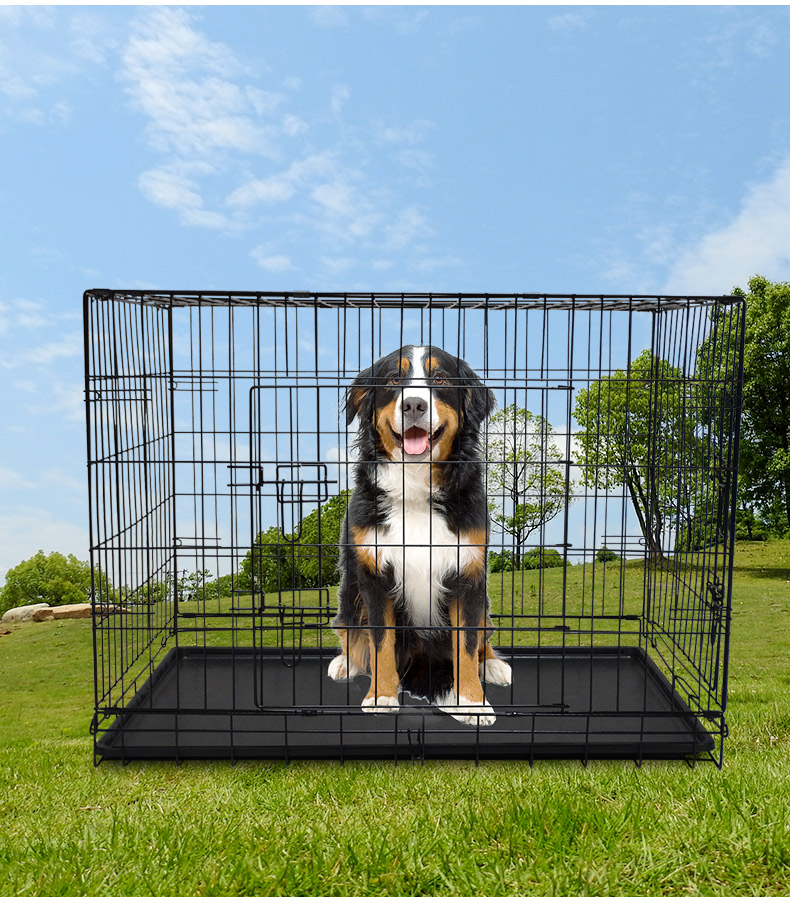
Crate training is a common practice among dog owners, often used for housebreaking and providing a safe space for dogs. However, the question of whether it’s acceptable to crate a dog every night has sparked debate and concerns among pet lovers. Don’t leave your dog in the crate too long. A dog who’s crated all day and night doesn’t get enough exercise or human interaction and can become depressed or anxious.
The Pros of Crating a Dog Every Night
- Safety and Security: Crates can provide a secure environment for dogs, preventing them from wandering the house and getting into potentially dangerous situations, such as chewing on electrical cords or ingesting harmful substances.
- Housebreaking: For puppies, crating at night can aid in housebreaking by limiting their access to the house, promoting bladder control, and discouraging accidents inside.
- Establishing Routine: Dogs are creatures of habit, and a consistent routine can help reduce anxiety. Crating at night can be part of a structured routine that includes feeding, exercise, and bedtime.
- Travel and Vet Visits: Crate training can make travel and visits to the veterinarian less stressful for both the dog and the owner, as dogs are already accustomed to spending time in a crate.

The Cons of Crating a Dog Every Night
- Loneliness and Isolation: Crating a dog every night may lead to feelings of loneliness and isolation, as dogs are pack animals that thrive on social interaction. Prolonged isolation can cause stress and anxiety.
- Physical Discomfort: Dogs may experience physical discomfort if the crate is too small or uncomfortable. It’s essential to provide an appropriately sized crate with comfortable bedding.
- Behavioral Issues: Over-reliance on crating can contribute to behavioral problems, including anxiety, depression, and excessive barking, as dogs may become frustrated with confinement.
- Lack of Exercise: Crating every night can limit a dog’s ability to move and exercise during critical nighttime hours. It’s crucial to ensure they get enough physical activity during the day.
Guidelines for Responsible Crate Usage
- Proper Sizing: Choose a crate that allows your dog to stand up, turn around, and lie down comfortably. Avoid using a crate that’s too small, as it can be stressful and uncomfortable.
- Gradual Introduction: Introduce the crate gradually, making it a positive and rewarding experience for your dog. Use treats, toys, and positive reinforcement to create a positive association with the crate.
- Limit Crate Time: While crating at night may be necessary for housebreaking or safety, it’s essential to limit the time your dog spends in the crate during the day. Ensure they have ample opportunities for exercise and socialization.
- Consult a Professional: If you’re unsure about crate usage or your dog is showing signs of distress, consult with a professional dog trainer or veterinarian for guidance.
Whether it’s okay to crate a dog every night depends on various factors, including the dog’s age, temperament, and individual needs. While crating can be a valuable tool for training and safety, it should be used responsibly and with consideration for the dog’s well-being. Ultimately, the goal should be to create a comfortable and secure environment for your canine companion while addressing their physical and emotional needs.
